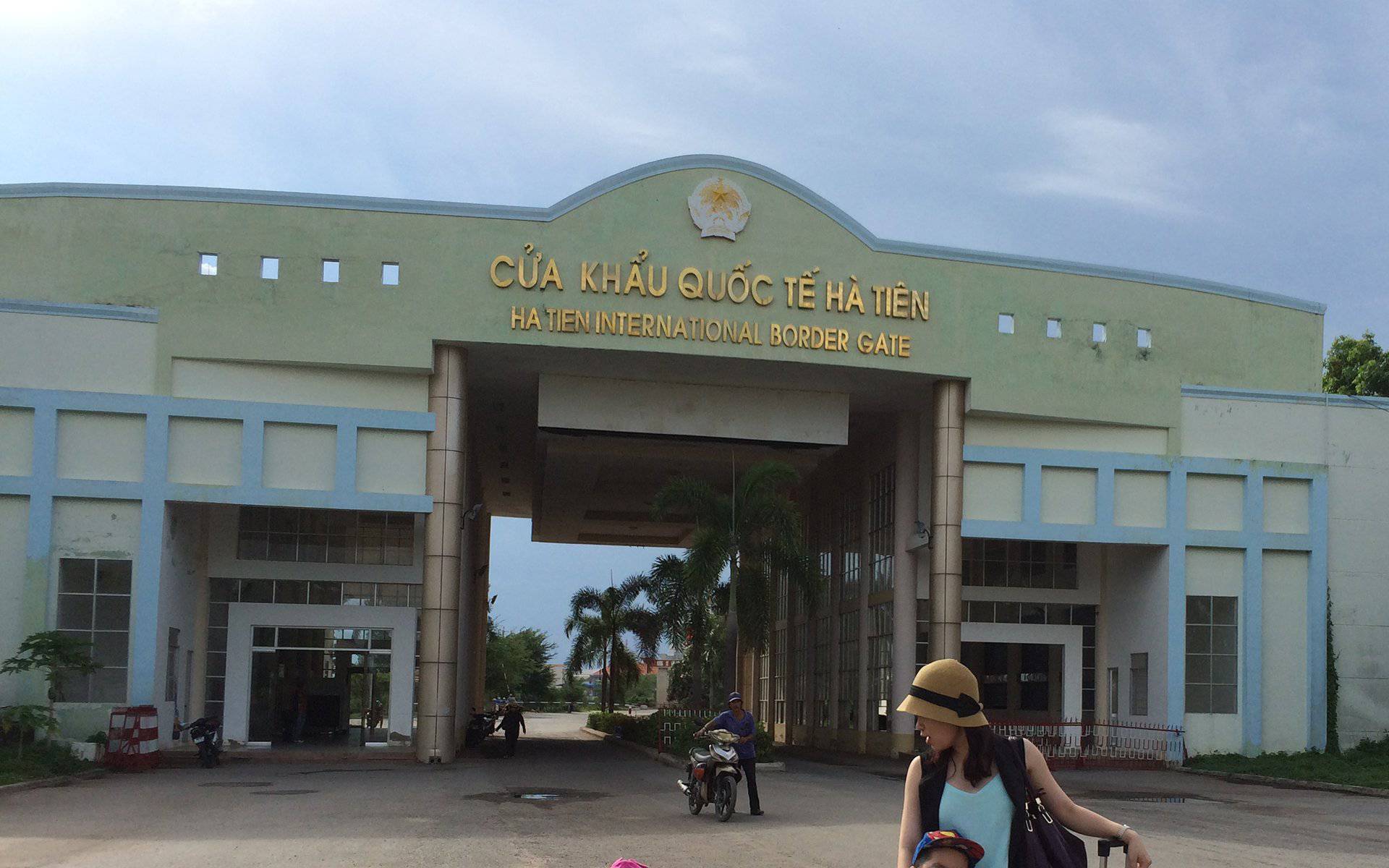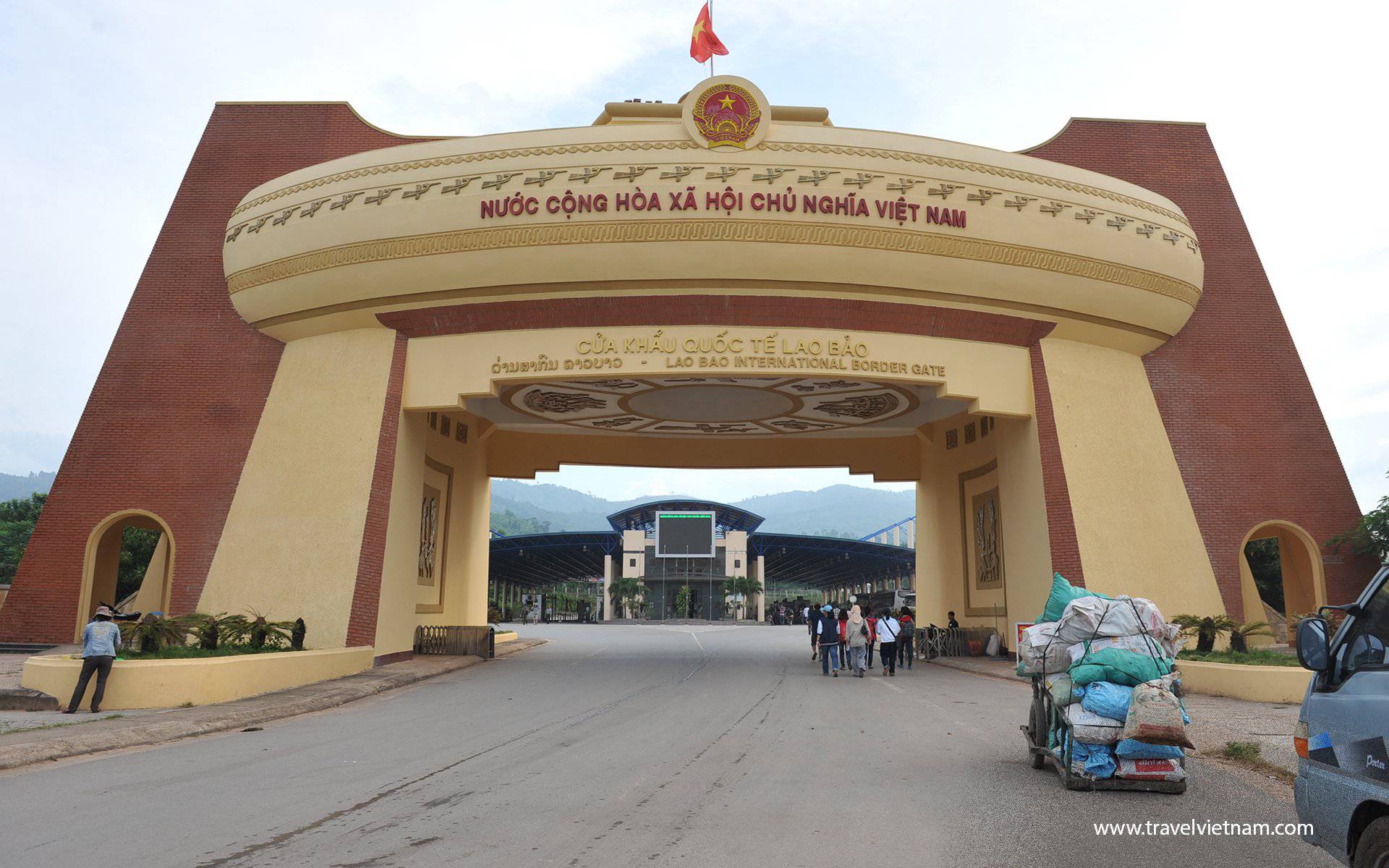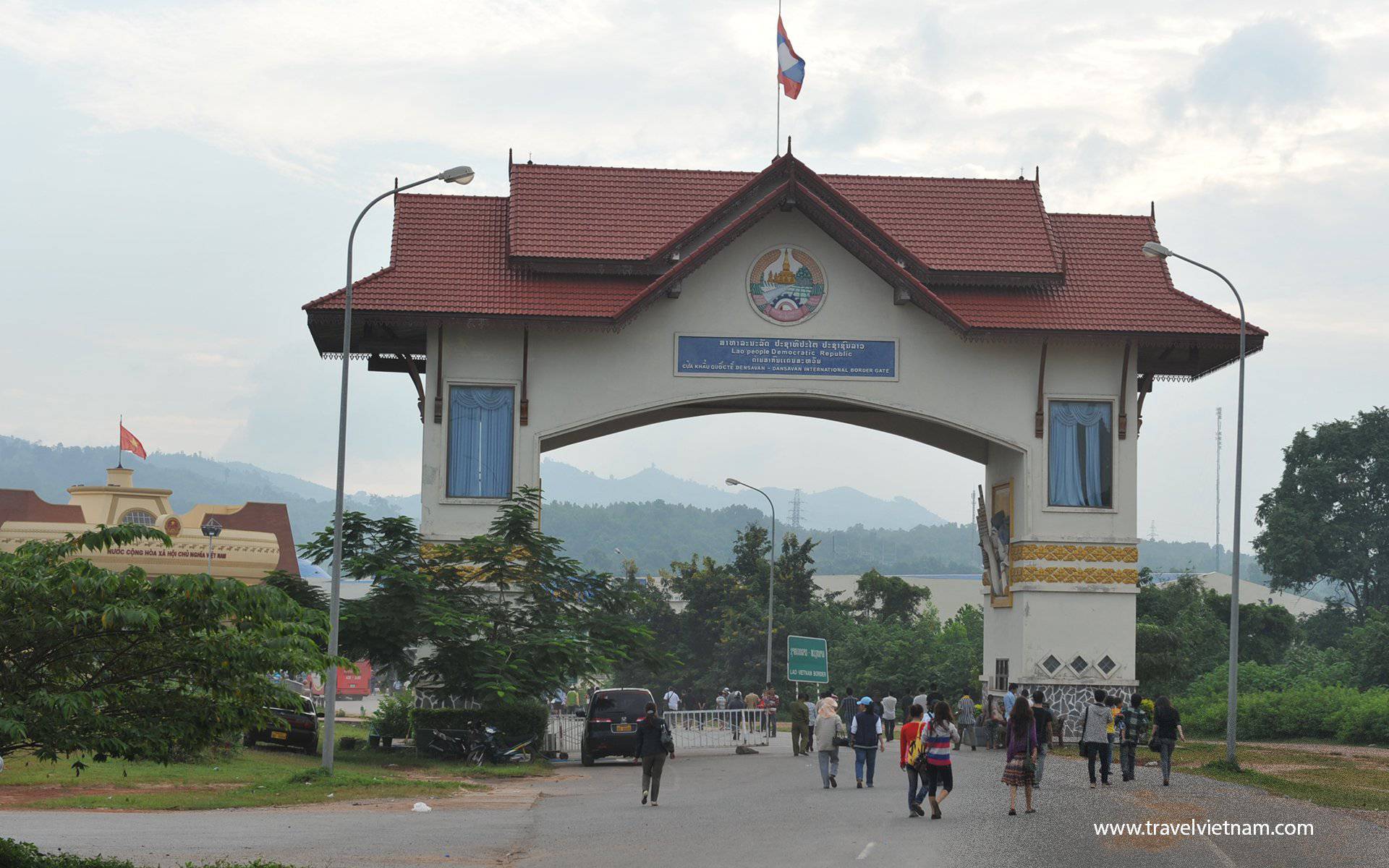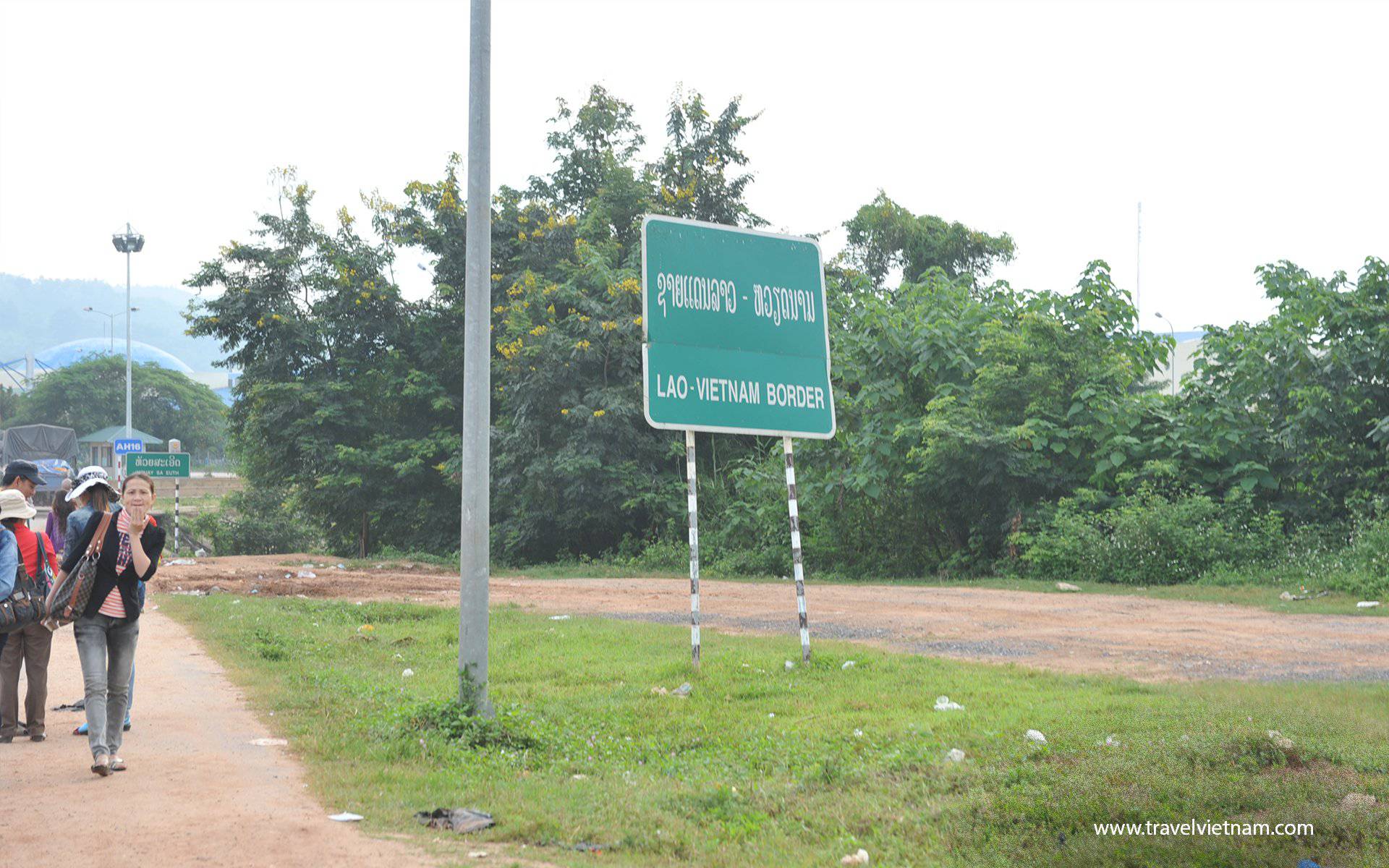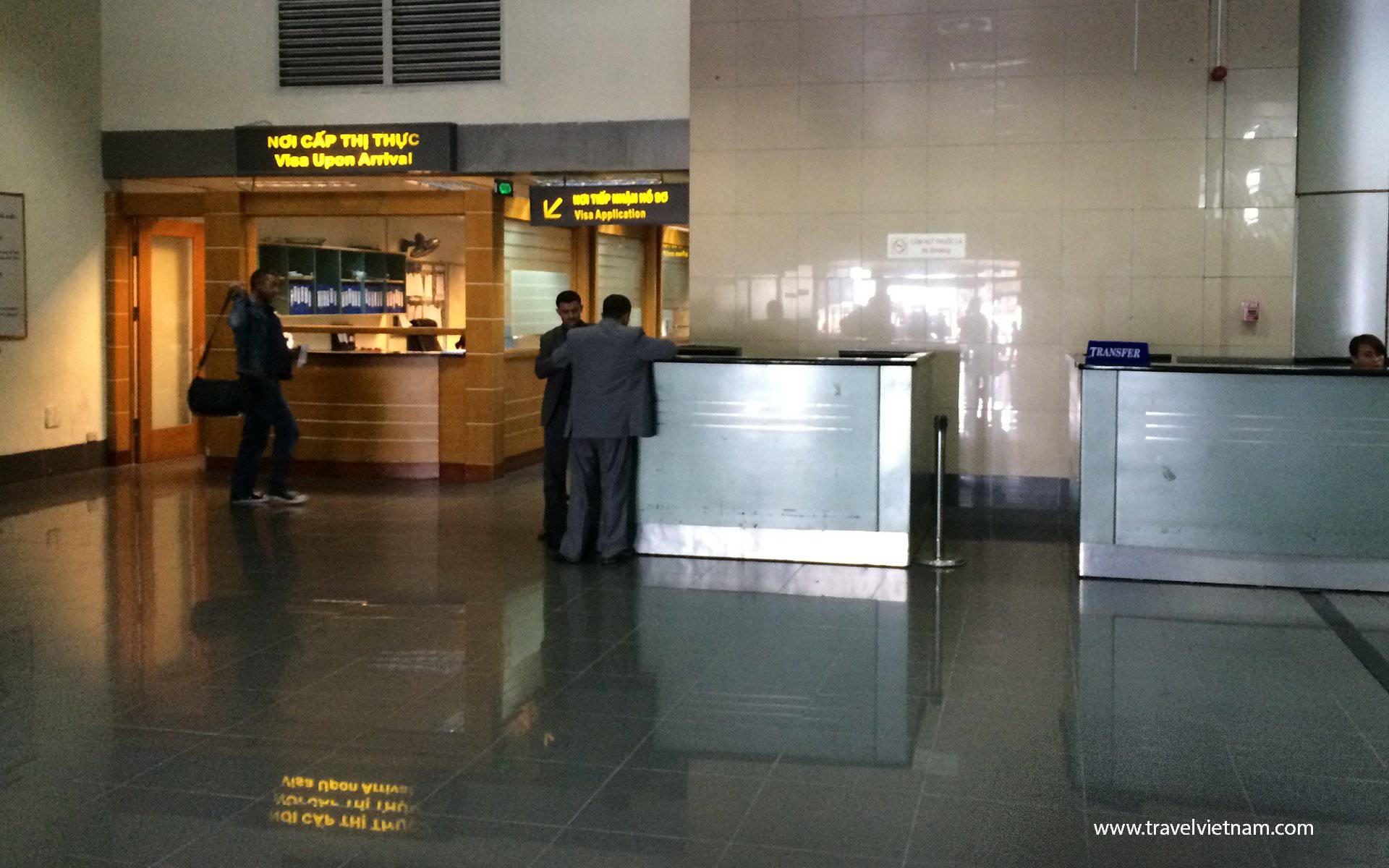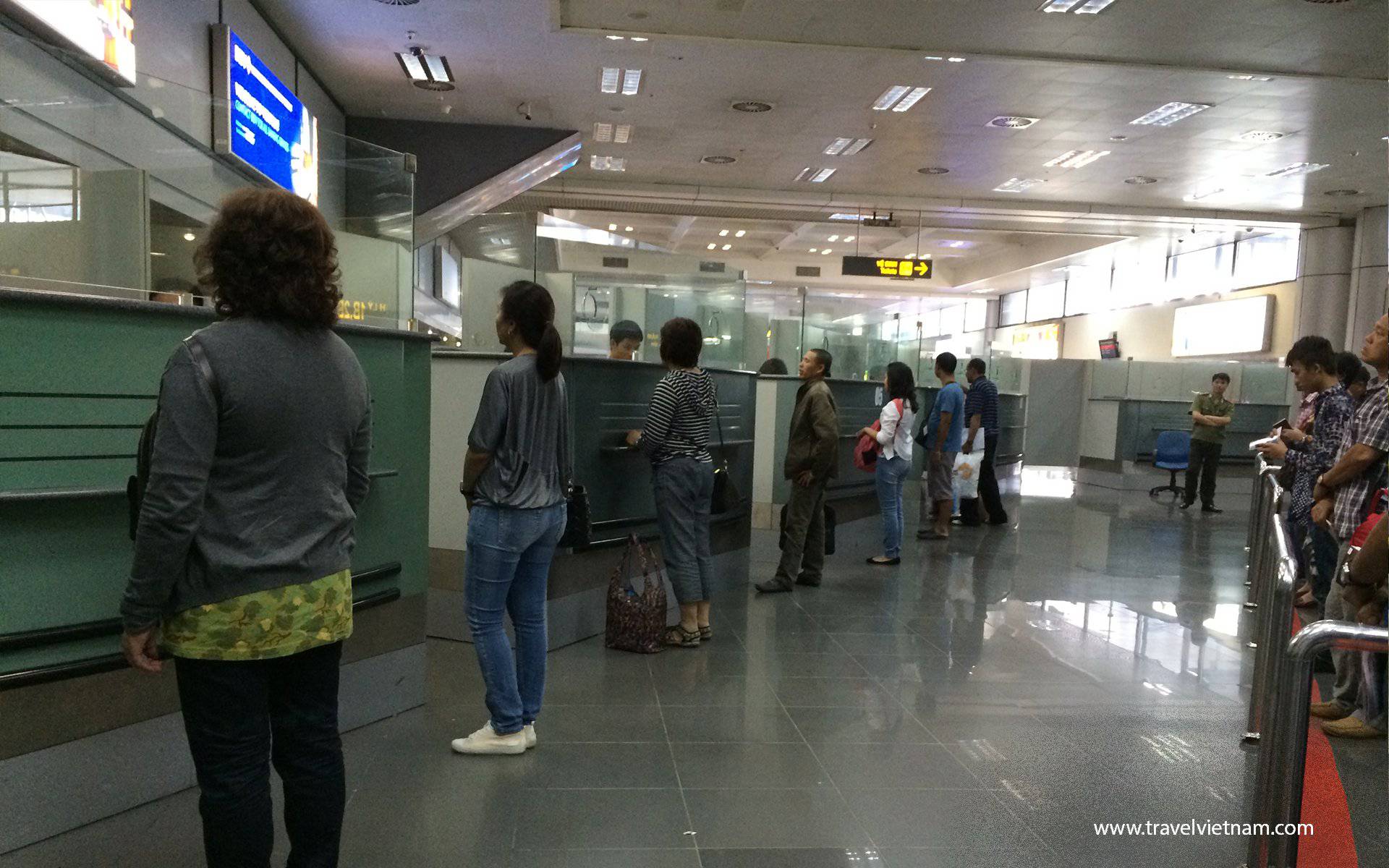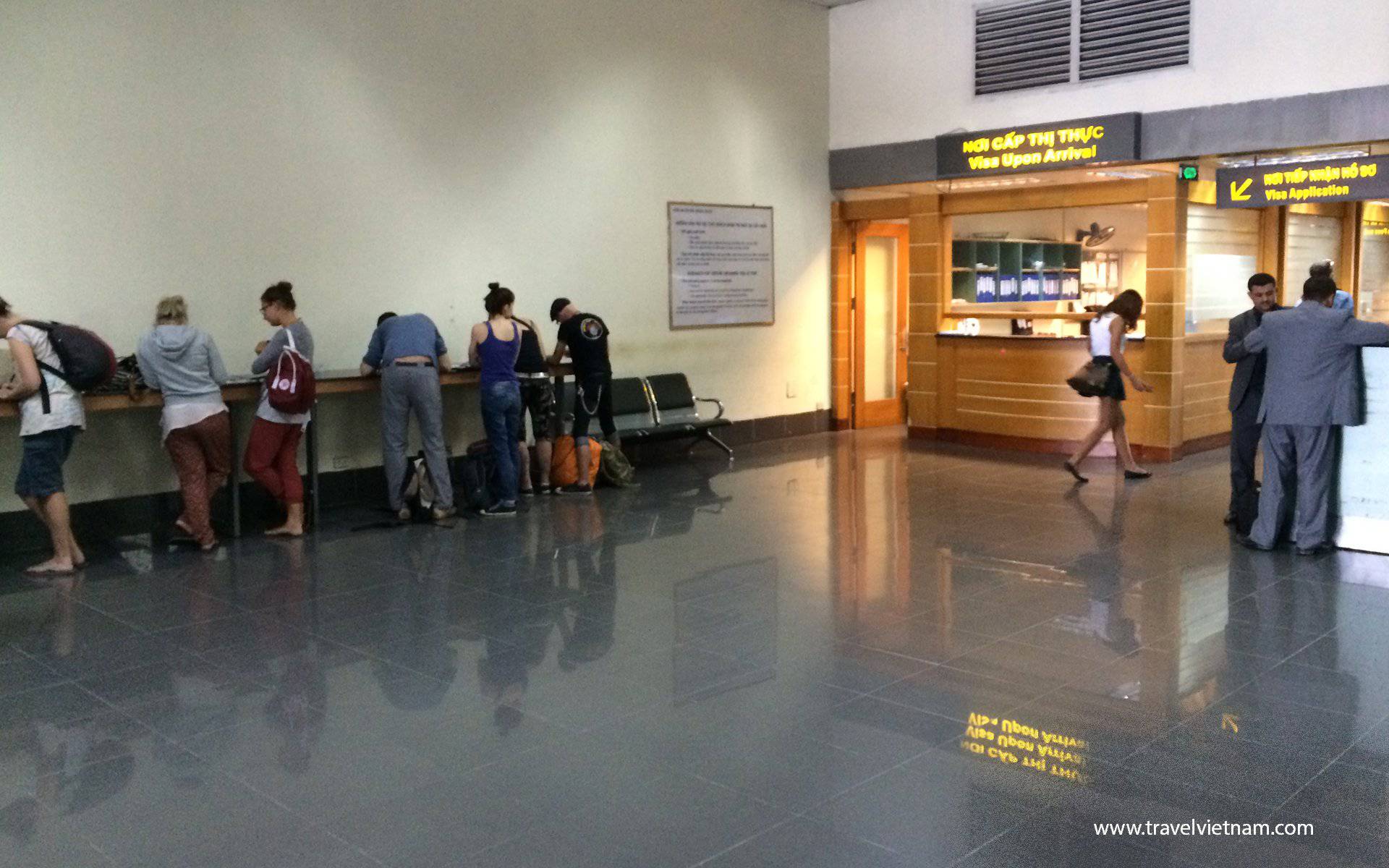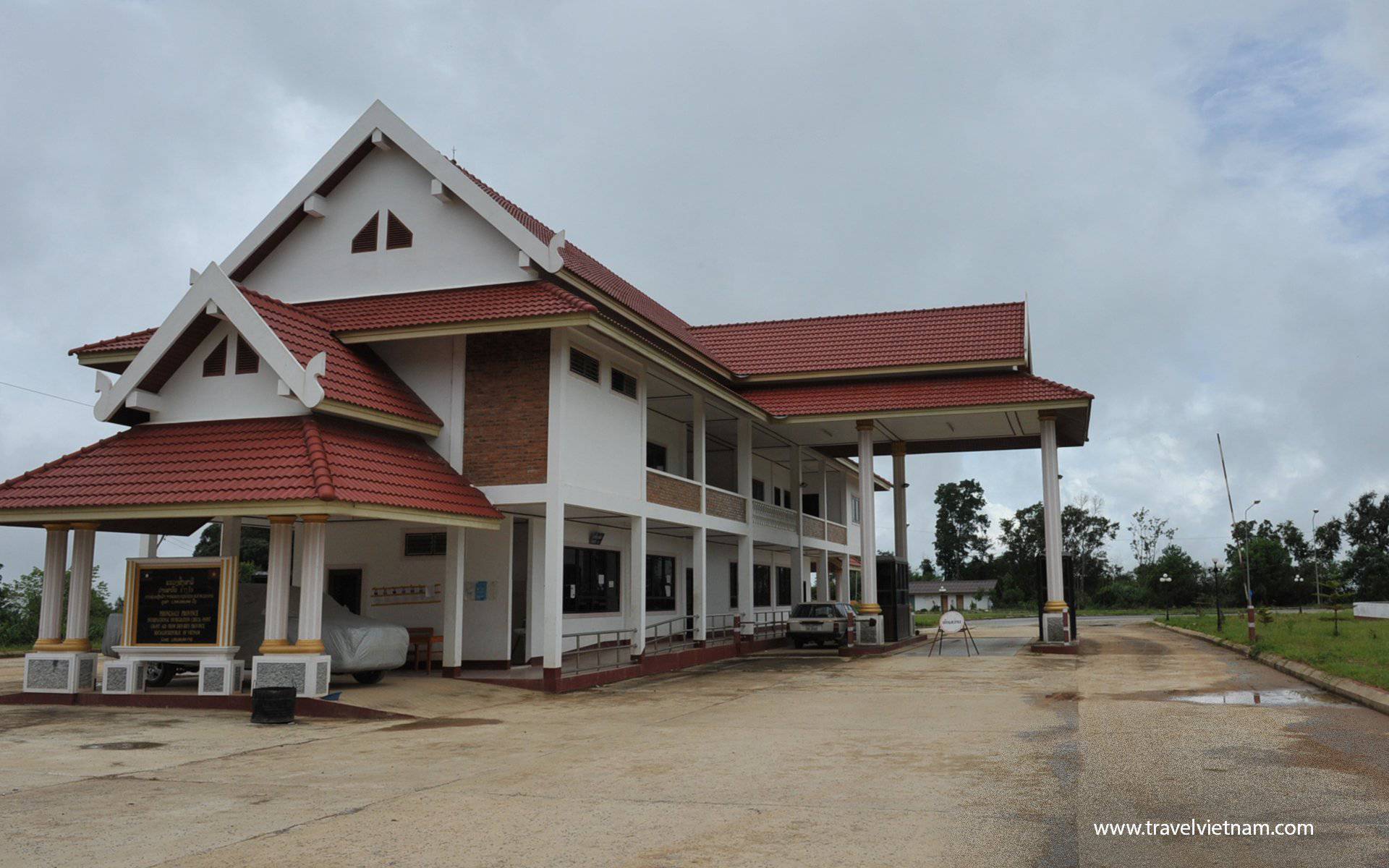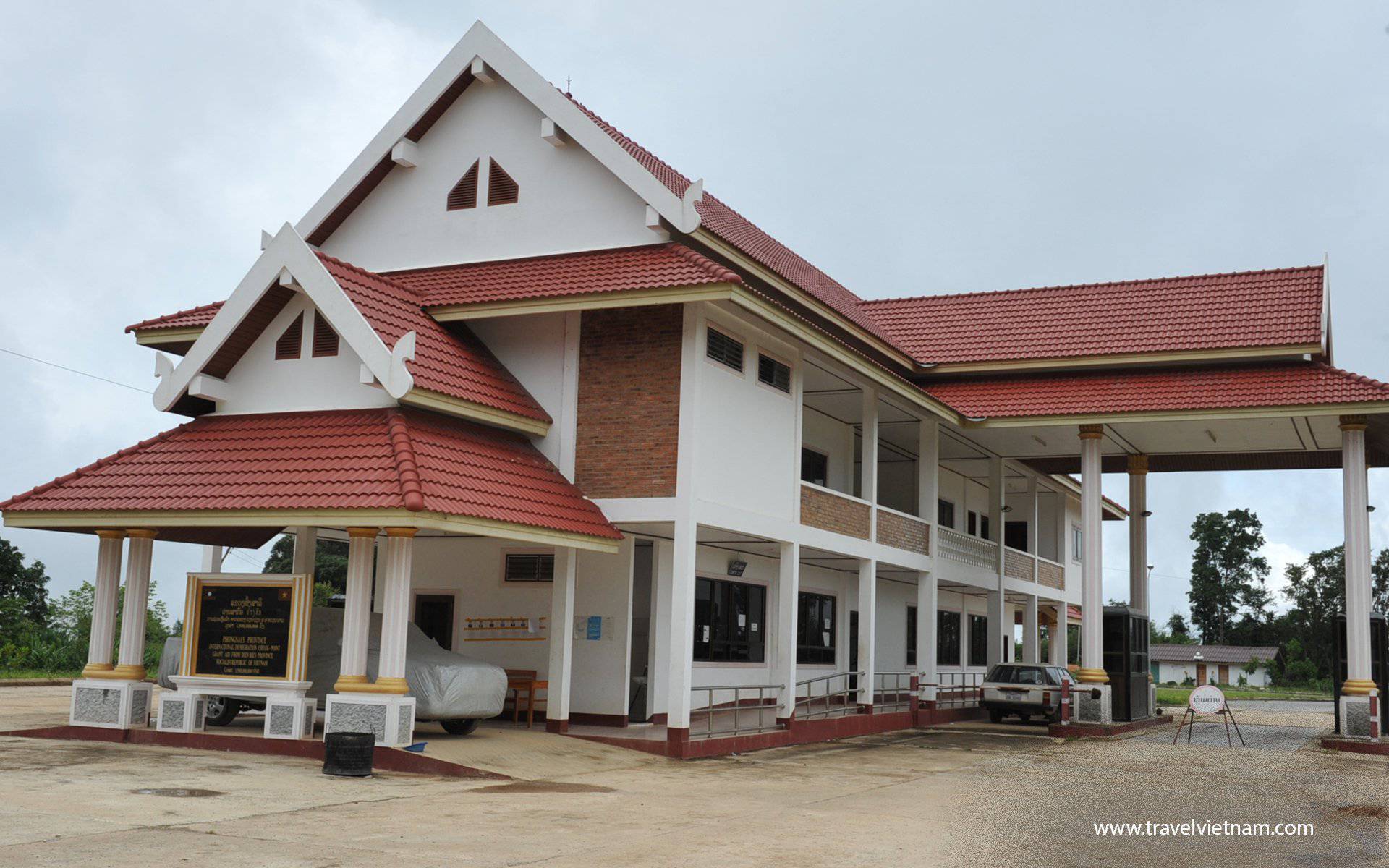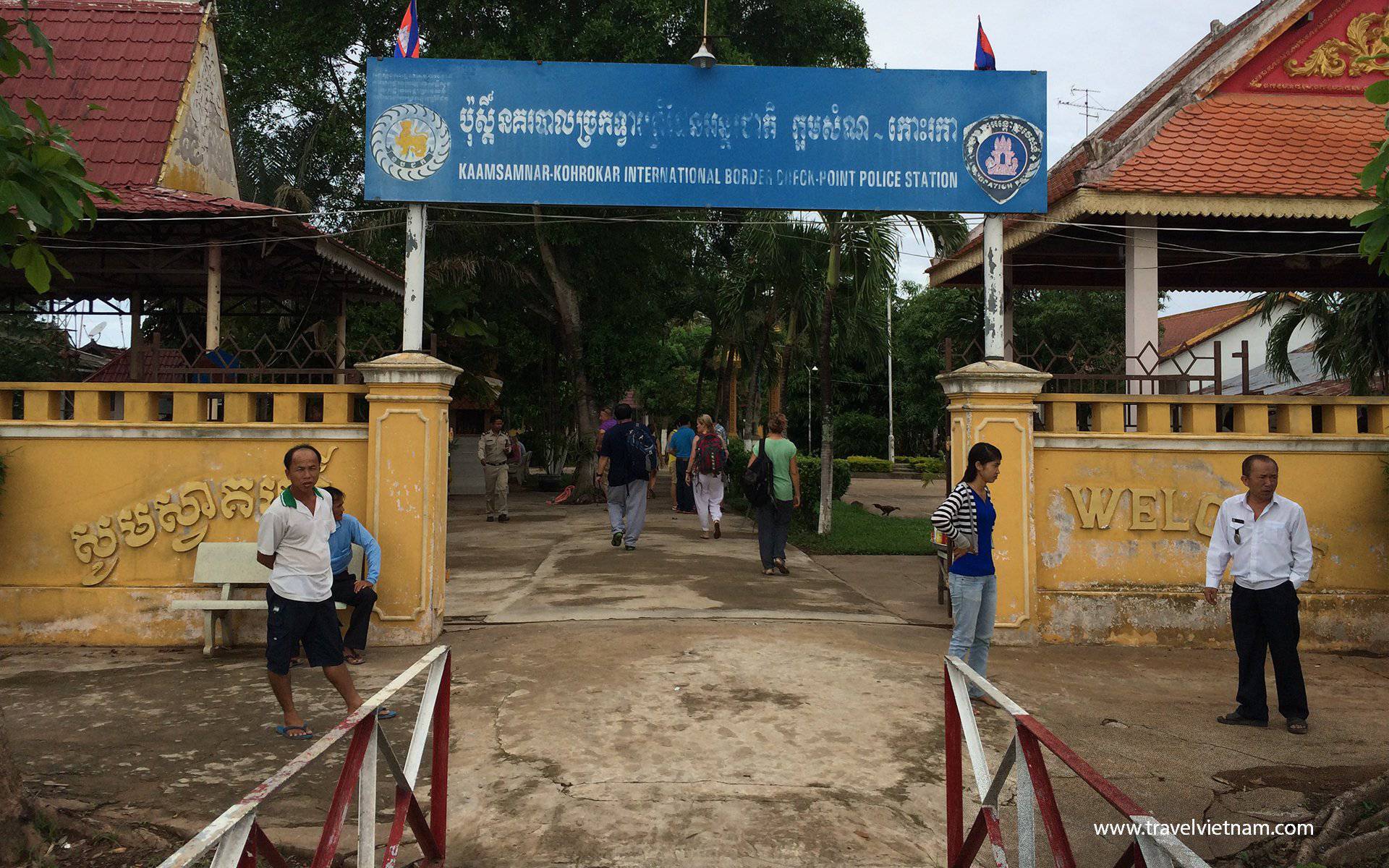If you are planning to visit Vietnam, you may wonder if you can get a visa upon arrival in the country. The answer is yes, but there are some things you need to know before you choose this option. In this article, we will explain how to get a visa upon arrival in Vietnam, what are the requirements, fees, and procedures, and what are the advantages and disadvantages of this option. We will also provide some tips and resources to help you make your trip to Vietnam easier and more enjoyable.
Requirements for a visa upon arrival
To get a visa upon arrival in Vietnam, you need to have these things ready: A visa form that you have completed online. A valid ID or passport that will not expire for at least six months after you enter Vietnam. Cash to pay the visa fee, which ranges from 25 USD to 50 USD. An approval letter from a Vietnamese embassy or consulate or a local travel agency in Vietnam.
To apply for a visa upon arrival in Vietnam, you need to have some documents and information ready. You will need a passport with at least 6 months' validity and 2 blank pages, a passport photo, a visa application form that you can fill out online, a credit or debit card for payment, and a valid medical/travel insurance covering Covid-19 treatment. Depending on your nationality and purpose of visit, you may also need an approval letter from a Vietnamese embassy or consulate or a local travel agency in Vietnam.
The visa upon arrival is valid for single or multiple entries and for up to 30 days. You can extend your visa if you want to stay longer, but you will need to pay an extra fee and submit your passport to the immigration office. The visa fee varies depending on the type of visa and the number of entries. It ranges from 25 USD to 50 USD per person. You will also need to pay a service fee to the online visa provider, which is usually around 15 USD to 50 USD per person.
The procedure for applying for a visa upon arrival is simple and convenient. You just need to follow these steps
- Visit the website of an online visa provider and fill out the visa application form with your personal and travel details. You will need to provide your full name, date of birth, nationality, passport number, passport expiry date, arrival date, arrival airport, type of visa, and email address.
- Review your information and confirm your order. You will then be redirected to a secure payment page where you can pay the service fee with your credit or debit card.
- After you complete the payment, you will receive an email confirmation with your order number and invoice. Within 2 working days, you will receive another email with your approval letter attached as a PDF file. You will need to print out the approval letter and bring it with you to Vietnam.
- Before you board your flight to Vietnam, you will need to prepare two passport-sized photos (either 4 x 6 cm or 2 x 2 inches depending on your country) and some cash in USD or VND for the visa fee. You will also need to fill out an entry/exit form that you can download from the online visa provider's website or get from the airline staff.
- When you arrive at the airport in Vietnam, you will need to go to the visa on arrival counter and present your approval letter, passport, photos, entry/exit form, and visa fee. The immigration officer will check your documents and collect your payment. You will then receive a visa stamp on your passport and be allowed to enter Vietnam.
Advantages and Disadvantages
Advantages and Disadvantages of a Visa Upon Arrival
If you are planning to visit Vietnam, you may wonder what are the best visa options for you. There are mainly three ways to get a visa for Vietnam:
- Applying for an e-visa online
- Applying for an embassy visa at a Vietnamese diplomatic mission
- Applying for a visa upon arrival at the airport
Each option has its own pros and cons in terms of convenience, cost, time, and flexibility. In this article, we will compare these options and give you some recommendations on when to choose the visa upon arrival and when to avoid it.
E-visa vs Embassy Visa vs Visa Upon Arrival
E-visa
An e-visa is an electronic visa that you can apply for online through the official website of the Vietnam Immigration Department or through a reliable online visa provider. It is valid for single entry and for up to 30 days. You can use it to enter Vietnam through 33 designated ports of entry, including 8 international airports, 16 land border crossings, and 9 seaports.
The advantages of an e-visa are:
- You can apply for it from anywhere in the world with an internet connection
- You do not need to send your passport or any documents by mail or in person
- You do not need to pay any extra fees at the airport
- You can save time and hassle by skipping the visa on arrival counter
The disadvantages of an e-visa are:
- It is only available for citizens of 80 eligible countries
- It is only valid for single entry and for up to 30 days
- It is not extendable or changeable
- It may take up to 3 working days to process
- It may not be accepted by some airlines or border officials
Embassy Visa
An embassy visa is a traditional visa that you can apply for at a Vietnamese embassy or consulate in your country or in a third country. It can be valid for single or multiple entries and for various durations depending on your purpose of visit and your nationality. You can use it to enter Vietnam through any port of entry.
The advantages of an embassy visa are:
- It is available for citizens of any country
- It is valid for single or multiple entries and for various durations
- It is extendable or changeable
- It is more reliable and secure than other visa options
The disadvantages of an embassy visa are:
- You need to send your passport or visit the embassy or consulate in person
- You need to prepare some documents and photos
- You need to pay the visa fee in advance
- You may have to wait for a long time to get your visa
Visa Upon Arrival
A visa upon arrival is a pre-approved visa that you can apply for online through a reputable online visa provider. It is valid for single or multiple entries and for up to 30 days. You can use it to enter Vietnam through 6 international airports: Noi Bai (Hanoi), Tan Son Nhat (Ho Chi Minh City), Da Nang, Cam Ranh (Nha Trang), Cat Bi (Hai Phong), and Phu Quoc.
The advantages of a visa upon arrival are:
- You can apply for it quickly and easily online
- You do not need to send your passport or any documents by mail or in person
- You can choose between single or multiple entries and between 1 month, 3 months, 6 months, or 1 year validity
- You can extend or change your visa if you want to stay longer or change your travel plans
The disadvantages of a visa upon arrival are:
- It is only available for citizens of certain countries
- It is only valid for air travel
- You need to pay two fees: a service fee online and a stamping fee at the airport
- You need to wait in line at the visa on arrival counter and fill out an entry/exit form
Recommendations
Based on the comparison above, here are some recommendations on when to choose the visa upon arrival and when to avoid it.
You should choose the visa upon arrival if:
- You are from one of the eligible countries (see the list here)
- You are traveling to Vietnam by air
- You want to have more flexibility in terms of entries and validity
- You want to save time and money on applying for a visa
You should avoid the visa upon arrival if:
- You are not from one of the eligible countries
- You are traveling to Vietnam by land or sea
- You want to have more security and reliability in terms of visa acceptance
- You want to avoid hassle and queues at the airport
Conclusion
In conclusion, the Vietnam visa on arrival is a convenient and cost-effective option for many travelers who want to visit Vietnam by air. However, it is not suitable for everyone and it has some drawbacks that you should be aware of. Therefore, you should weigh the pros and cons of each visa option and choose the one that best suits your needs and preferences.
Any more question, please email us and you will get the answer immediately,
Last updated on 2023-08-02 05:00:21.
Other Travel Planning
- Things not to do when traveling
- Most beautiful waterfalls in Vietnam
- Travel to Vietnam: The Ultimate Vietnam Travel Guide 2024
- Things to Do in Hanoi: The Ultimate Guide for 2024
- Hanoi Travel Guide: Everything You Need to Know Before You Go
- Best Time to Visit Vietnam and Cambodia: A Complete Guide for 2024
- Vietnam Itineraries for All Travelers: Find the Perfect One for You
- The Best Vietnam Travel Agency
- The Pros and Cons of travelling to Indochina
- Reasons To Visit Vietnam In The Green Season


